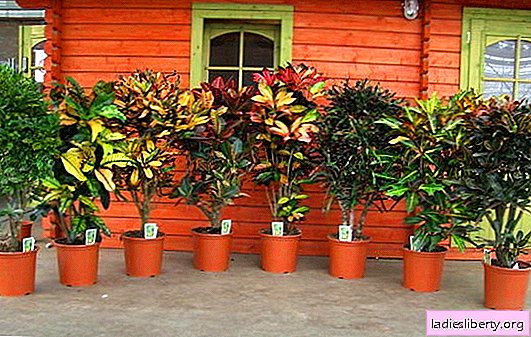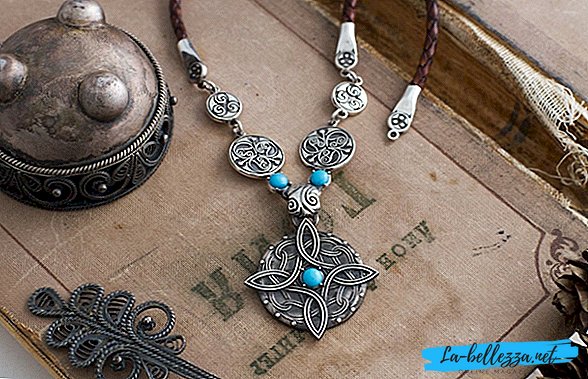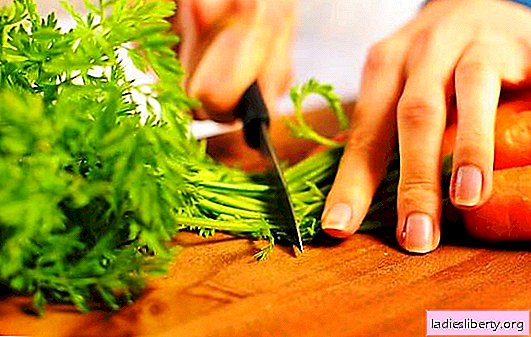
Croton (Kodium, Joseph’s cloak) gained popularity in indoor floriculture for its decorative colorful leaves.
In the wild, it reaches 3 m in height, and in indoor conditions it grows half as much.
Growing this tropical beauty at home is not so simple: he is very demanding on the content.
I’ll have to try to make this moody pet pleased with his bright colors.
Croton - home growing. Choose a handle
To propagate the croton, the cuttings are chosen as follows:
• apical cuttings root faster than intermediate;
• the optimal length of the handle is 7-10 cm;
• cuttings are cut only from a healthy plant;
• the handle must be semi-lignified or lignified.
Croton - home growing. Reproduction, planting
Croton can be propagated vegetatively and by seeds. From vegetative methods, the following are distinguished:
• stem and leaf cuttings;
• air layering;
• horizontal layering.
Cuttings - The easiest way to multiply croton. Cuttings are cut with a sharp knife or secateurs and put for several minutes in warm water to wash off the milky juice. Next, the section must be dried and dipped in a root formation stimulator (heteroauxin, rootin). Prepared pots are filled with such a substrate: sand, leaf and turf land, peat in equal proportions. Cuttings are planted in the ground and covered with banks or put in a mini-greenhouse. You can use zip packages instead. Every day, planting should be aired and sprayed from the spray gun. The rooting process lasts 30-45 days. The appearance of roots is signaled by the appearance of young leaves.
You can root cuttings in a jar of waterin which activated carbon is added. Periodically add water to the container with the handle. Roots appear after 2 months.
In the summer, leafy cuttings can be rooted in water.
Air layering croton propagate with severe exposure of the trunk. It is better to carry out this procedure in the summer:
• On a bare stem below 10-20 cm from the apex, cut off the bark with a 1 cm wide ring (in this place the plant will give roots);
• Get wet juice secreted;
• Treat the section with a root stimulator (heteroauxin, rootin);
• Wrap the slice with wet peat or chopped moss;
• Create a “bag”: put a dark film on the peat and tie it up from the bottom and top of the cut (the upper piping must be loose so that air can flow through it and the substrate can be moistened);
• After 30-40 days, roots will appear on the cut;
• When the roots grow to 5 cm, cuttings are cut under a bag and planted in a pot;
• The seedling should be covered with a bag for 7-15 days to create high humidity.

Airborne rooting
Horizontal layering used in plants with bare side shoots. They do it like this:
• A side branch is bent to the ground;
• On the underside, the shoot is incised, the excreted milky juice is removed, the wound is dusted with root;
• Escaped in an incised place is pinned and sprinkled with a substrate;
• The pot can be placed in a bag to maintain moisture;
• After rooting, the young plant is separated from the mother and planted in a separate pot.
Propagated by seeds at home croton very rarely due to the rather long duration of the process. In addition, plants from seeds do not retain their varietal characteristics, they grow slowly. For sowing, only freshly harvested seeds are used (they quickly lose their germination). Sow them in February:
• Seeds are soaked in warm water for 12-15 hours, and then they are kept for 2-3 hours in a solution of phytohormones;
• Prepared seeds are sown in containers with a moistened substrate of sand and peat (2: 1) to a depth of not more than 1 cm and covered with a lid, film or glass;
• The optimum temperature range for seed germination + 22 + 24 ° C;
• Water the crops through the pan;
• About a month later, shoots appear;
• When the seedlings grow three leaves, they can be dived.
Seedling care is the same as adult plants.
Croton - growing and care at home. Watering, transplanting, lighting, pruning, top dressing
The appearance and health of the croton depends on the care. This Tropican is quite demanding on the conditions of detention.
Lighting plays an important role in the saturation of the color of croton leaves. With a lack of light, the codium loses its motley color and turns completely green. However, in the summer, direct sunlight is dangerous for the plant - they cause burns on its leaves. In autumn-winter time, on the contrary, it is better to put the pot on the southern windowsill to maintain a 14-hour daylight.
Watering. Croton is a native of the tropics, therefore, when grown at home, he needs regular watering. To do this, water must be used at room temperature. With a lack of moisture or using cold water for irrigation, the codium will begin to drop leaves. With its excess, the root system decays and it can die. In summer, the plant is watered every other day. In autumn and winter, the amount of watering is reduced to 1 time in three days.
Temperature mode. Croton grows well in the temperature range + 16 + 22 ° C. If these parameters are not observed, the plant will begin to drop leaves. At low temperature (less than + 16 ° C), the probability of decay of the root system is high.
Air humidity. Croton will develop well with high humidity. To do this, it is often necessary to spray it, and also weekly wipe the leaves from dust with a damp cloth or a sponge. In the heating season, to increase humidity, it is good to use humidifiers or put a pot with a plant in a container with moist expanded clay. High humidity prevents the reproduction of spider mites. This Tropican will also enjoy a light shower (only the earth needs to be covered with a film so as not to cause waterlogging of the roots).
Top dressing. To maintain the decorativeness of croton in the spring-summer period, it is fed once a week with complex mineral fertilizers. In winter, fertilizers are applied once a month. Top dressing is done only after watering.
Pruning Croton is required to form a compact crown. If this is not done, then the plant will stretch up to a height of 1.5 m (annual growth is 20-25 cm). As the old leaves fall, the trunk will be exposed and the kodium will look sloppy and shabby. Cropped parts are used for cuttings. Slices should be sprinkled with crushed coal. In young plants, pinching the apex is enough to stimulate branching.
How and when to transplant a croton?
Young crotons need a transplant every year, and adults - as the roots fill the space in the pot (once every two to three years).

The roots are covered with an entire earthen lump - it is time to transplant the plant
Do it in the spring by transshipment. In this case, the plant must be healthy. A diseased instance will die during transplantation. The most optimal time for transplantation is March (the period of the beginning of active vegetation). A new pot should be taken 2-3 cm in diameter larger than the previous one. At the bottom they arrange drainage (per ¼ of the pot volume) made of expanded clay, pebbles or crushed brick. Then they pour a little new soil, transship the plant, trying not to damage the roots, and fill the voids around the coma with the remaining earth. As a substrate, a mixture of sand, leaf and turf soil is made (1: 2: 1). You can also use purchased soil by adding sheet soil to it. In any case, to destroy parasites or fungal spores, the soil is shed with a solution of potassium permanganate or fungicides. You can also burn it in the oven. The transplanted plant is watered and sprayed daily from a spray bottle.
The main pests, diseases, problems in growing croton and ways to combat them
Palm tree among pests of croton takes spider mite. It reproduces very quickly in dry air. Therefore, it is important to maintain high humidity by spraying the plant daily. They also love to parasitize on kodium mealybugs, scale insects, nematodes. If the parasites can slightly wash them off the leaves with a tobacco-soap solution, after covering the ground in a pot with a film. With a massive lesion, croton will have to be treated with Fitoverm, Vermitek, Akarin.
If the croton leaves turn pale, lose their luster, turn yellow and fade, then most likely the plant is affected root rot. If the root system is not completely dead, then you can try to save the plant by reducing the amount of watering and adding Fitosporin-M to the soil. Just in case, it is better to cut off the top for rooting.
Another common croton disease is anthracnose. It develops under the influence of pathogenic fungi with excessive watering. Red-gray spots appear on the leaves. Affected plants must be isolated from others and treated with foundationazole.
Slow growth of croton, small young leaves indicate a lack of nutrition.
Have the leaves lost their diversity and turned green? This means that the croton suffers from a lack of light. It is necessary to rearrange it closer to the window or provide additional lighting.
Brown spots on the leaves are the result of sunburn. The brown edges of the leaves indicate that the croton is freezing. It is necessary to exclude the presence of drafts, water the plant with water at room temperature.
If the tips of the leaves dry, and they themselves are wrinkled, there is insufficient moisture in the air.
Sudden changes in temperature, improper irrigation regime cause the croton to mass fall of leaves.











